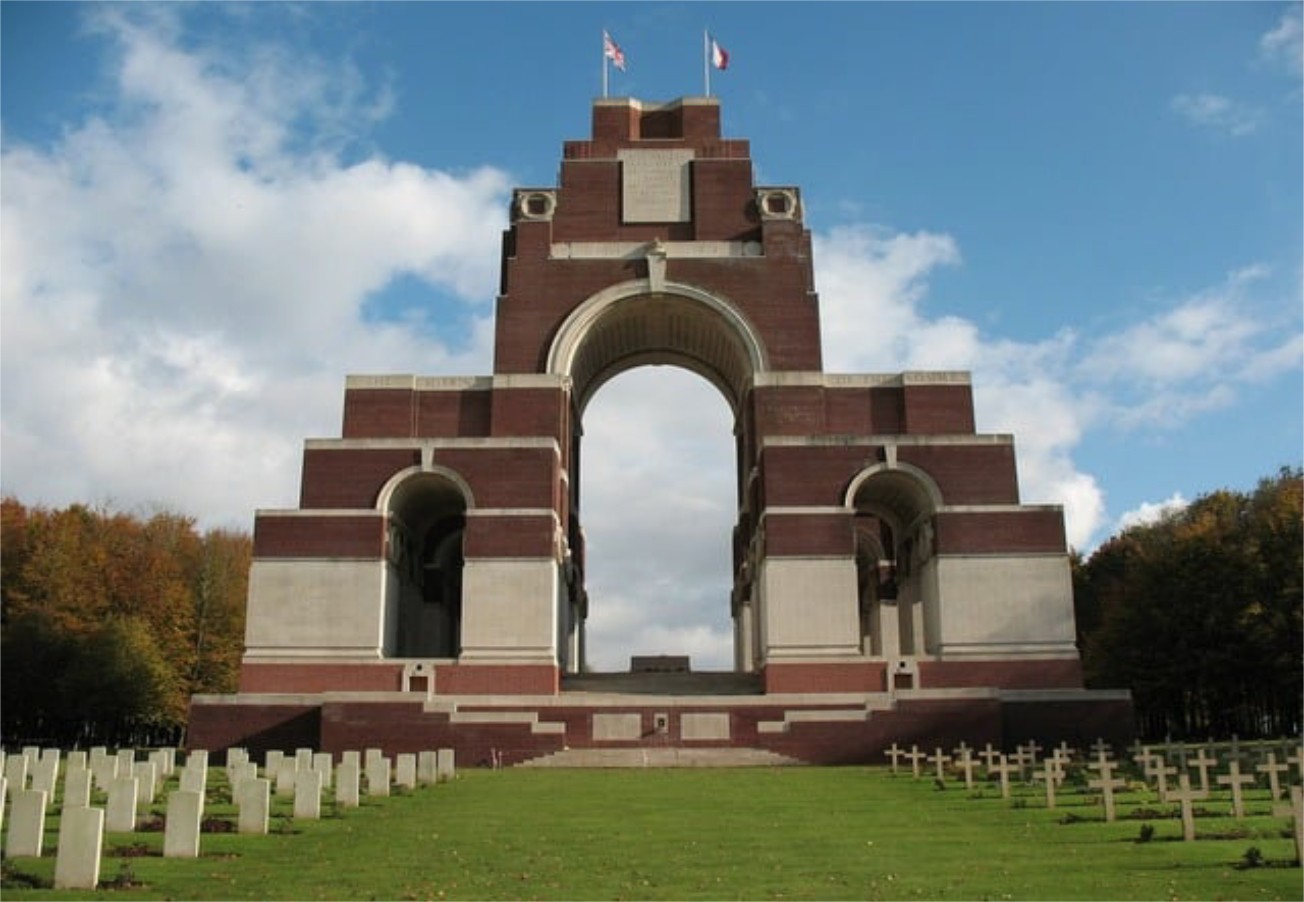Thousands of Belgian and French people were forced to flee from their homes as the frontline of the fighting engulfed their towns and villages. Some went only a short distance and tried to resume their lives and occupations still well within the range of enemy artillery fire. Others quit the battle zones altogether and relocated deeper into France.
At the war’s end, these people started to stream back. What they found stunned them. Villages and settlements centuries old were reduced to dust. To help people navigate the almost featureless landscape signposts marking where villages had once stood were erected. Everywhere there was the remains of trenches, barbed wire, military equipment from wrecked tanks, the lethal dangers of unexploded ammunition, as well as the poignant sight of thousands of crosses marking the burial places of the dead.
Showing immense determination and fortitude, people began to rebuild their lives. The lucky ones lived in prefabricated houses supplied by the French and Belgian governments and charities. Others built themselves shacks from whatever scraps they could find. Slowly, very slowly, normality began to return thanks to the dedication of these people as they filled in, levelled and cleared.
They shared their world with the first visitors, and the army burial teams. These included men from the Indian and Chinese Labour Corps, which only added to the sense that this was a unique environment with its own rules and customs.
You can still lift the curtain on that world of devastation and hope, of dread and opportunity. I will show you the remnants of that time, the places where reconstruction started but never matured, the places that still today feel like 1920.
This is a fascinating area to explore, and is essential to your deeper understanding of the conflict’s legacy, but is often overlooked in tours focusing primarily on the war in the trenches.
This topic, together with early battlefield tourism and pilgrimage, was the subject of my talk to the Western Front Association in August 2020 which you can watch in the above link.





